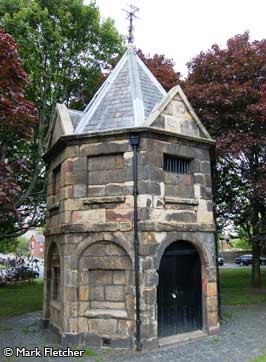Building Stones Database for England
Strategic stone study
The strategic stone study WebGIS viewer was retired on 31 March 2023. A replacement online application, the Building Stones Database for England Map Explorer, is now available via the Historic England website.
FAQ
The strategic stone study WebGIS viewer was a web-based application aimed at the general public and professionals alike. It enabled users to search the strategic stone study dataset to investigate the quarrying and use of building stones across England.
In the years since its launch in 2012, the underpinning technologies of the strategic stone study WebGIS viewer evolved substantially. Critical software no longer received developer support, so the existing application could not be maintained and had to be retired. The strategic stone study dataset is available via the Building Stone Database for England Mapping Explorer on the Historic England website.
Yes. Historic England developed a replacement to the strategic stone study WebGIS viewer called the Building Stone Database for England Mapping Explorer. This possesses much of the functionality of the previous application and provides ongoing access to the strategic stone study dataset.
If you have any comments or questions about this change that are not covered by this page, please contact Clara Willett (Clara.Willett@historicengland.org.uk).
Project overview

England's rich architectural heritage owes much to the great variety of stones used in its buildings and other structures. Stone buildings commonly reflect the local geology, imparting local distinctiveness to historic towns, villages and rural landscapes. Stone is the major building material in many of the 500 000 listed buildings and 9500 conservation areas in England.
If the character of these buildings and areas is to be maintained, supplies of new matching stone are needed for repair and for new construction. In many cases, however, the source of the original stone is not known and, even if it is known, it is not unusual to find that the quarry has long-since closed. This makes it difficult to obtain suitable stone for repairs or for new-build projects. The Building Stones Database for England attempts to address these problems by identifying the most significant building stones used in the past and establishing where they came from and any potential alternative sources.
The Building Stones Database for England Map Explorer — an online GIS resource – enables you explore building stones and their sources throughout England, as well as the bedrock and superficial geology.
Please contact Clara Willett for further information.
Whilst every effort has been made to ensure that the information included in the Building Stones Database for England is correct, individuals or organisations should independently verify information before acting on it. The British Geological Survey, UK Research & Innovation and those who provided data for the project cannot be held responsible for any errors or omissions, or for the use of, or results obtained from the use of, this information.
More information





Follow us

